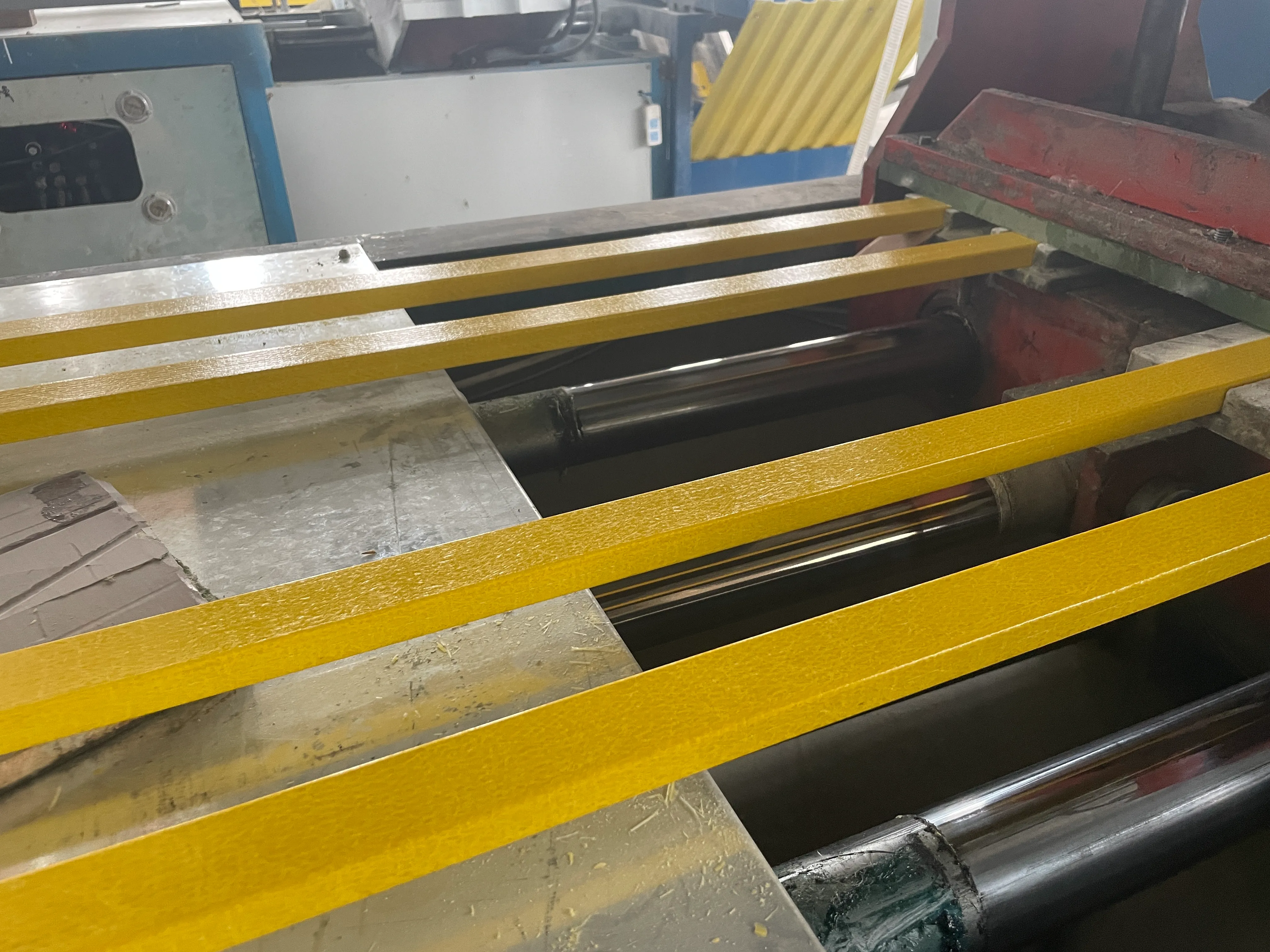loading...
- No. 9, Xingyuan South Street, Dongwaihuan Road, Zaoqiang County, Hengshui, Hebei, China
- admin@zjcomposites.com
- +86 15097380338
- Welcome to visit our website!
Innovative Solutions for Reinforcement with FRP Bars in Construction Applications
Understanding FRP Bars The Future of Reinforcement Solutions
In the construction industry, choosing the right materials is crucial for ensuring the safety, durability, and longevity of structures. Among the innovative materials making waves in recent years, Fiber Reinforced Polymer (FRP) bars stand out as a game changer in the arena of reinforcement solutions. This article will delve into what FRP bars are, their benefits, applications, and their potential to revolutionize the construction industry.
What are FRP Bars?
FRP bars are composite materials made by reinforcing polymer matrices with fibers, typically glass, carbon, or aramid. These bars are designed to replace traditional steel rebar used in concrete construction. The unique composition of FRP bars confers a variety of properties that enhance their performance in demanding environments.
Key Benefits of FRP Bars
1. Corrosion Resistance One of the most significant advantages of FRP bars is their resistance to corrosion. Unlike steel, which can rust and degrade over time when exposed to moisture and chemicals, FRP bars remain unaffected by such environmental factors. This characteristic translates to lower maintenance costs and prolonged lifespan for infrastructure, particularly in coastal or chemically aggressive environments.
2. Lightweight FRP bars are significantly lighter than steel rebar, making them easier to handle and transport. This reduced weight simplifies installation processes, lowering labor costs and the overall timeline for construction projects.
3. High Strength-to-Weight Ratio Despite their lightweight nature, FRP bars possess an impressive strength-to-weight ratio. This means they can provide adequate reinforcement without adding excessive weight to structures. This property is particularly beneficial in applications like bridges and high-rise buildings where every ounce counts.
4. Non-Magnetic and Non-Conductive For applications requiring electromagnetic neutrality, such as in the construction of hospitals or research facilities, FRP bars are ideal. They do not interfere with sensitive equipment and systems, where traditional steel reinforcements could pose risks.
frp bar

5. Environmental Benefits With growing concerns about sustainability in construction, FRP bars provide an eco-friendly alternative. Their extended lifespan and low maintenance needs lead to reduced material consumption and waste over time.
Applications of FRP Bars
The versatility of FRP bars opens a wide range of applications across different sectors. In the construction of buildings, they can be utilized in slabs, beams, and columns. Infrastructure projects, especially bridges and tunnels, are increasingly employing FRP bars due to their ability to withstand harsh environmental conditions.
Moreover, their use extends to marine structures, such as docks and piers, where exposure to seawater makes corrosion a significant issue. In industrial platforms and storage tanks that require enhanced chemical resistance, FRP bars offer a reliable solution that lasts longer than traditional materials.
The Future of FRP Bars in Construction
As technology advances, the manufacturing processes and material compositions of FRP bars continue to improve. Researchers are exploring ways to enhance their performance, including the development of hybrid bars that combine the advantages of different fibers. There is also a growing trend toward using FRP in seismic applications, providing essential flexibility and strength in earthquake-prone areas.
Ultimately, the adoption of FRP bars in construction represents a positive shift towards modern, innovative practices. As more engineers and architects recognize the advantages of these materials, it is expected that FRP bars will become a standard component in structural design, paving the way for safer, more sustainable construction practices.
In conclusion, FRP bars embody the future of reinforcement solutions, offering a potent combination of strength, durability, and environmental sustainability. As the construction industry evolves, these composite materials will likely play a pivotal role in shaping robust infrastructure for generations to come.
-
The Rise of FRP Profiles: Strong, Lightweight, and Built to LastNewsJul.14,2025
-
SMC Panel Tanks: A Modern Water Storage Solution for All EnvironmentsNewsJul.14,2025
-
GRP Grating: A Modern Solution for Safe and Durable Access SystemsNewsJul.14,2025
-
Galvanized Steel Water Tanks: Durable, Reliable, and Ready for UseNewsJul.14,2025
-
FRP Mini Mesh Grating: The Safer, Smarter Flooring SolutionNewsJul.14,2025
-
Exploring FRP Vessels: Durable Solutions for Modern Fluid HandlingNewsJul.14,2025
-
GRP Structures: The Future of Lightweight, High-Performance EngineeringNewsJun.20,2025
